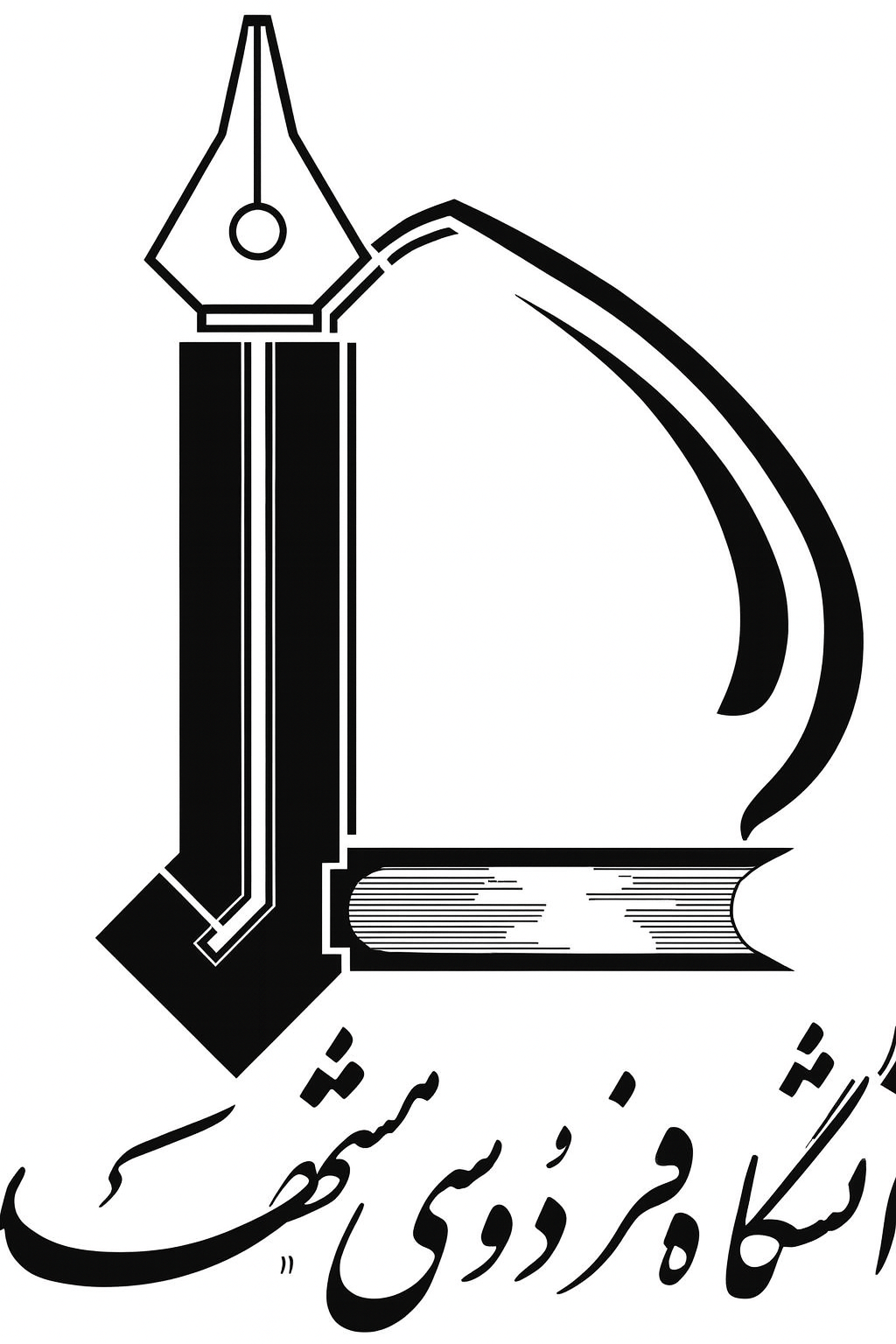Title : ( Preparation and Characterization of Platelet Lysate (Pl)-Loaded Electrospun Nanofibers for Epidermal Wound Healing )
Authors: Simin Nazarnejad , Farzad Kermani , Vahid Reza Askari , Seyede Atefe Hosseini , Alireza Ebrahimzadeh-Bideskan , Ali Moradi , Reza Kazemi Oskuee , Sahar Mollazadeh Beidokhti , Saeed Kargozar ,Abstract
Skin defects are among the most prevalent and serious problems worldwide; it is necessary to provide appropriate coverage in order to reduce possible mortality risk and accelerate wound healing. In this study, we have designed a series of extracellular matrix (ECM)-mimicking nanofibrous scaffolds composed of both natural (gelatin (GEL) and chitosan (CS)) and synthetic (poly(ε-caprolactone) (PCL) and poly (vinyl alcohol) (PVA)) polymers. The 3D constructs (PCL/GEL-PVA/CS) were reinforced with 5% (w/w) of platelet lysate (PL) for promoting cells viability and mobility. The physicochemical characterizations of nanofibers confirmed suitable hydrophilicity, controlled degradability, and water uptake of 250.31 ± 62.74%, and 222.425 ± 86.37% for the PCL/GEL-PVA/CS and PCL/GEL-PVA/CS + PL nanofibers, respectively. The scanning electron microscopy (SEM) images exhibited the mean diameter of the fabricated fibers (PCL/GEL-PVA/CS) in the range of 454 ± 257 nm. The blended samples (PCL/GEL-PVA/CS) were also confirmed to have higher ultimate tensile stress (UTS) (3.71 ± 0.32 MPa). From a biological point of view, the fabricated scaffolds showed appropriate blood compatibility and great potential to avoid bacterial invasion. Altogether, the tailored fabrication of PCL/GEL-PVA/CS nanofibers may be considered a suitable construct for epidermal wound healing.
Keywords
, Electrospun nanofibers Nanocomposite Chitosan Poly(ε, caprolactone) Gelatin Poly (vinyl alcohol) Platelet lysate (PL) Wound healing@article{paperid:1091255,
author = {Simin Nazarnejad and Kermani, Farzad and Vahid Reza Askari and Seyede Atefe Hosseini and Alireza Ebrahimzadeh-Bideskan and Ali Moradi and Reza Kazemi Oskuee and Mollazadeh Beidokhti, Sahar and Saeed Kargozar},
title = {Preparation and Characterization of Platelet Lysate (Pl)-Loaded Electrospun Nanofibers for Epidermal Wound Healing},
journal = {Journal of Pharmaceutical Sciences},
year = {2022},
volume = {111},
number = {9},
month = {September},
issn = {0022-3549},
pages = {2531--2539},
numpages = {8},
keywords = {Electrospun nanofibers
Nanocomposite
Chitosan
Poly(ε-caprolactone)
Gelatin
Poly (vinyl alcohol)
Platelet lysate (PL)
Wound healing},
}
%0 Journal Article
%T Preparation and Characterization of Platelet Lysate (Pl)-Loaded Electrospun Nanofibers for Epidermal Wound Healing
%A Simin Nazarnejad
%A Kermani, Farzad
%A Vahid Reza Askari
%A Seyede Atefe Hosseini
%A Alireza Ebrahimzadeh-Bideskan
%A Ali Moradi
%A Reza Kazemi Oskuee
%A Mollazadeh Beidokhti, Sahar
%A Saeed Kargozar
%J Journal of Pharmaceutical Sciences
%@ 0022-3549
%D 2022


